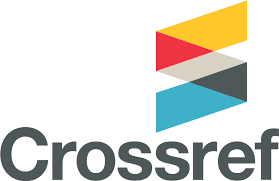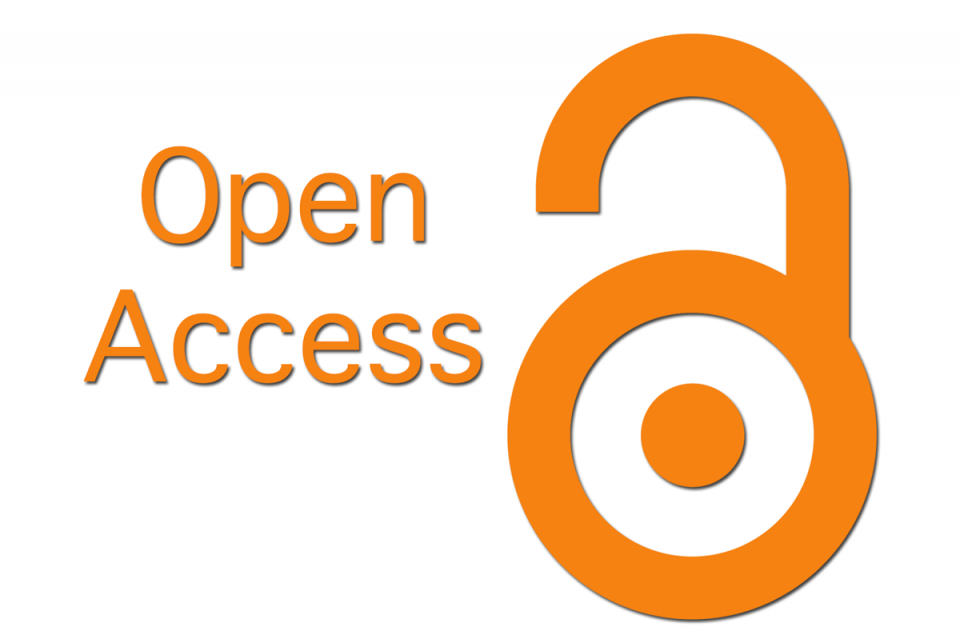TRADEMARKS: THE SIMILARITY TO THE DEGREE OF CONFUSION
Abstract
In the article on the basis of actual court cases is considered one of the problematic issues of linguistic examination of commercial signs - is the question of confusing similarity / differentiation homonymous commercial names, operating in the field of lingvomarketing.
Downloads
Metrics
References
Заключение комиссии экспертов ГЛЭДИС по определению Девятого арбитражного апелляционного суда РФ (по словесным товарным знакам ЭРОЛИН и ЭФОЛИН)//URL: http://www.rusexpert.ru/index.php?idp=content&id=175 (дата обращения: 23.10.2013).
Методические рекомендации по проверке заявленных обозначений на тождество и сходство, утвержденные приказом Роспатента от 31.12.09 № 197//Электронный ресурс. -URL: http://www.rupto.ru/norm_doc/sod/metod_rek/metod_rec_tojd.pdf (дата обращения 13.12.2013).
Постановление Президиума Высшего Арбитражного Суда Российской Федерации от 18 июля 2006 г. N 3691/06.//Электронный ресурс. -URL: http://www.garant.ru/products/ipo/prime/doc/12049928/(дата обращения 13.12.2013).
Постановление Пленума Высшего Арбитражного Суда Российской Федерации от 17.02.2011 № 11 «О некоторых вопросах применения Особенной части Кодекса Российской Федерации об административных правонарушениях»//Электронный ресурс. -URL: http://www.arbitr.ru/as/pract/post_plenum/33765.html (дата обращения 13.12.2013).
Новичихина, М. Е. О некоторых трудных случаях лингвистической экспертизы товарных знаков//Вестник ВГУ. Серия: Филология. Журналистика. 2012. №1. С. 221 -227.
Copyright (c) 2017 Юрислингвистика

This work is licensed under a Creative Commons Attribution 4.0 International License.
The authors, which are published in this journal, agree to the following conditions:
1. Authors retain the copyright to the work and transfer to the journal the right of the first publication along with the work, at the same time licensing it under the terms of the Creative Commons Attribution License, which allows others to distribute this work with the obligatory indication of the authorship of this work and a link to the original publication in this journal .
2. The authors retain the right to enter into separate, additional contractual agreements for the non-exclusive distribution of the version of the work published by this journal (for example, to place it in the university depository or to publish it in a book), with reference to the original publication in this journal.
3. Authors are allowed to post their work on the Internet (for example, in a university repository or on their personal website) before and during the review process of this journal, as this may lead to a productive discussion, as well as more links to this published work (See The Effect of Open Access).










